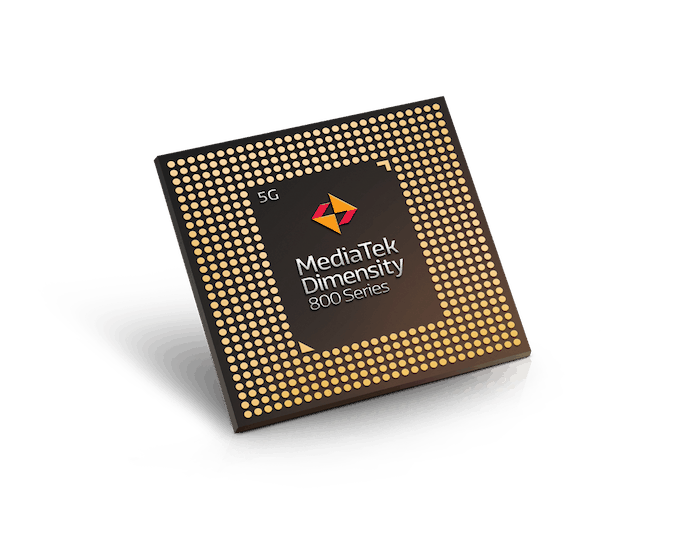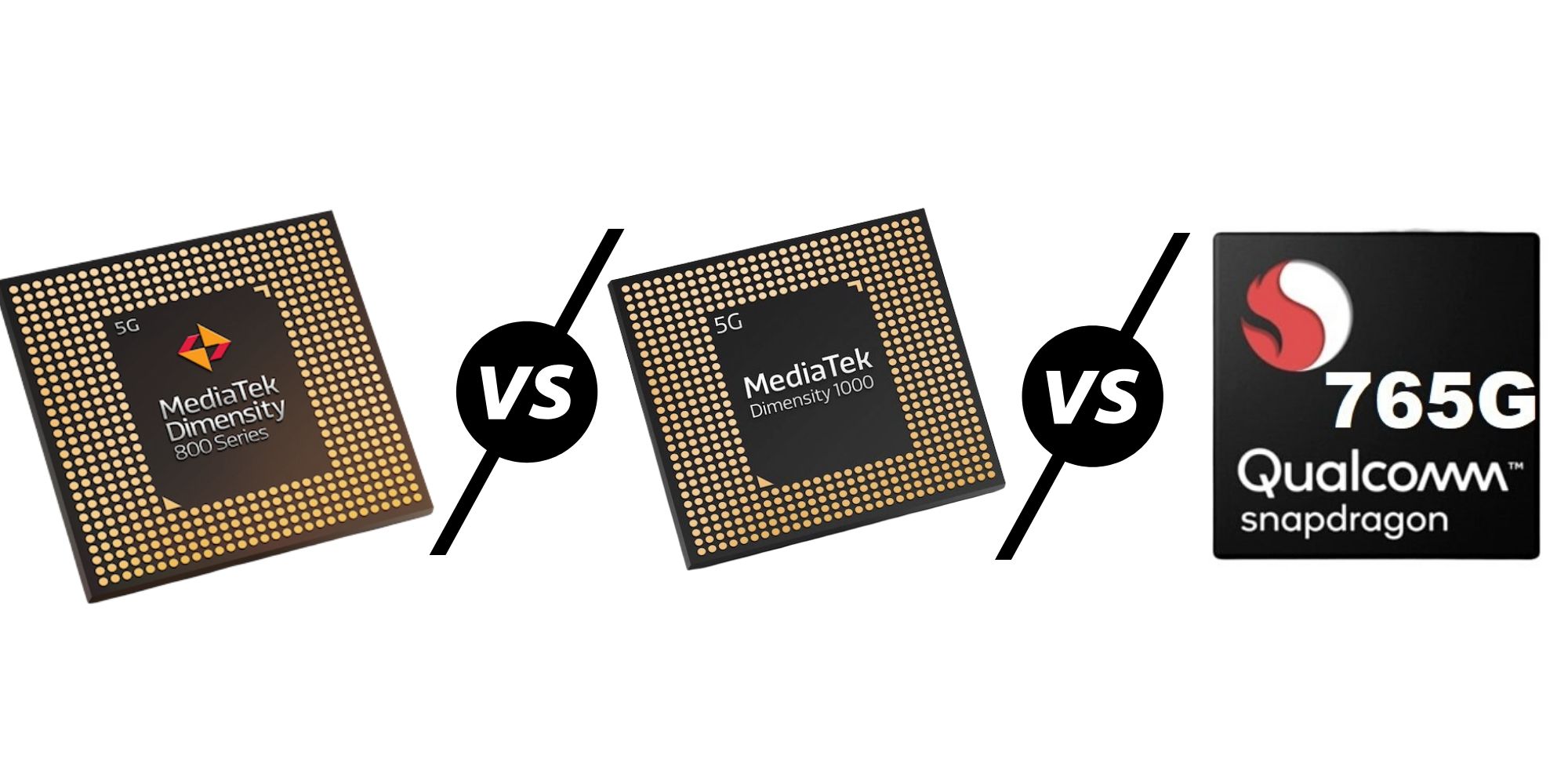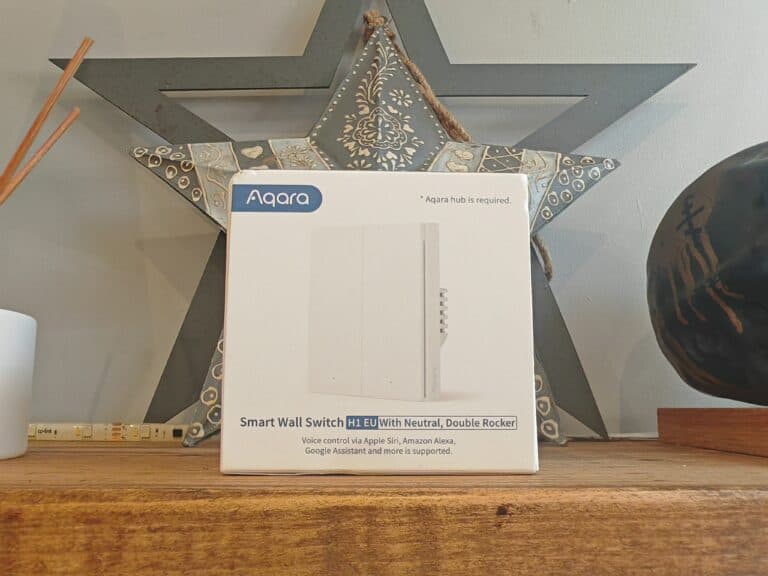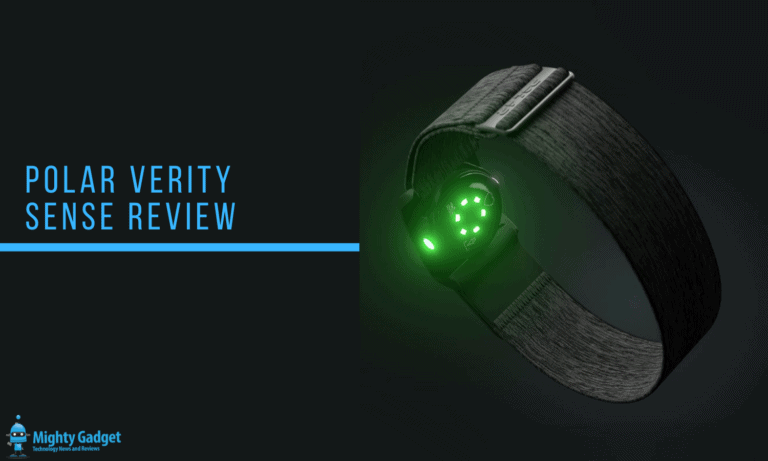Any links to online stores should be assumed to be affiliates. The company or PR agency provides all or most review samples. They have no control over my content, and I provide my honest opinion.
In the past, I have moaned about the mind-boggling number of Qualcomm chipsets launched, especially those chipsets that sit in the mid-range market.
Even now, we currently have phones in production with the Snapdragon 710, SD712, SD730, SD73G, and the new SD765G, then there is also the standard SD765 but no phone uses that. Then we have the 600 series SoC which is still classed as mid-range.
MediaTek are nowhere near as bad as that, but their recent chipset launches are almost as confusing. Part of the reason could be that they are bucking the trend of chip design set by both Qualcomm and Snapdragon. The recent three releases all use a dual cluster design with four high-performance cores and four efficiency cores, this is traditionally what is used for a flagship chipset (or variants of this design).
MediaTek Dimensity 1000L
Furthermore the MediaTek Dimensity 1000L is just baffling, it hasn’t been officially announced by MediaTek, but it is in the Oppo Reno3, so it definitely exists. By all accounts, this is a slightly lower clocked version of the full fat Dimensity 1000 with the cores clocked at 2.2Ghz vs 2.6Ghz.
Technically that may not be too strange, it is no different than what Qualcomm does with the recent 700 series chipsets there are two versions, the Snapdragon 765 and Snapdragon 765G, one being clocked higher.
What is confusing is this being placed in a phone that is cheaper than the Snapdragon 765G based OPPO Reno3 Pro.
It is possible this is more OPPO’s fault, and they are the ones making things confusing.
MediaTek Dimensity 800

The MediaTek Dimensity 800 is the official new mid-range 5G chipset. Comparing it to the 1000 series there is a clear differentiation.
With this chipset, they dropped the main CPU down to the Arm Coretex A76 putting it in line with the flagship chipsets of 2019 (and the current Kirin 990). These run at stock clocks of 2.2Ghz on all four cores, so quite a bit slower than the flagship Huawei Kirin 990 5G with its two cores at 2.86GHz and another two at 2.36GHz.
While the CPU is very high specced for a mid-range chipset, MediaTek has hobbled the GPU bringing the performance down. This is a Mali-G57MP4 at an undisclosed frequency. While there is no like for like comparison with Qualcomm, the Samsung Exynos 980 (another mid-range SoC) uses the Mali G76 MP5.
The Mali-G57 was announced back in October and replaces the ARM Mali-G52 which is found in the Kirin 810 and claims to offer a 30% performance boost, so it should be quite competent and likely as good, if not better than the Adreno 620 found in the Qualcomm Snapdragon 765G.
With this chipset, they have cut-down the DRAM interface with only 2-ch (2x16b) LPDDR4X support at up to 2133MHz, so half the bandwidth of the Dimensity 1000.
It has the same APU tech behind it as both the Dimensity 1000 and Dimensity 1000L but they don’t disclose the exact spec, but they do state 2.4TOPs of inferencing throughput. This is lower than the Qualcomm claims, but they state total performance combined with CPU+GPU+HVX+Tensor
The Dimensity 800 comes with 5G Sub-6 integrated modem and state 2CC CA on the downlink. They make no mention of throughput though. The Snapdragon is capable of 3700 Mbps down and 1600 Mbps up. Whereas the Dimensity 1000 chips can do 4600Mbps down and 2500Mbps up.
Pricing & Availability
There is no word on either but it will be available on products throughout 2020.
What is interesting is how products featuring this will be priced. As previously mentioned, the OPPO Reno3 is cheaper than the Reno3 Pro yet that features the Dimensity 1000L.
So, in theory, the MediaTek Dimensity 800 could be priced well below the Qualcomm Snapdragon 765G. However, I just can’t see that happening.
Overall
This is another interesting release from MediaTek, and it looks set to trade blows with the Qualcomm Snapdragon 765G quite well. With more high-performance cores, the overall multi-core performance should be higher, but Qualcomm has the edge with its single-core clock speed thanks to the Kryo 475 Prime at 2.4GHz.
Time will tell on how the Mali-G57MP4 compares against the Adreno 620 but I would imagine it is a close call.
MediaTek Dimensity 800 vs Dimensity 1000L & 1000 vs Qualcomm Snapdragon 765G Comparison Table
| SoC | Dimensity 720 | Dimensity 800 | Dimensity 820 | Dimensity 1000 |
|---|---|---|---|---|
| CPU | 4x Cortex A76 @ ? | 4x Cortex A76 @ 2.0GHz | 4x Cortex A76 @ 2.6Hz | 4x Cortex A77 @ 2.6GHz |
| 4x Cortex A55 @? | 4x Cortex A55 @ 2.0GHz | 4x Cortex A55 @ 2.0GHz | 4x Cortex A55 @ 2.0GHz | |
| GPU | Mali-G57 | Mali-G57MP4 @ 650 MHz | Mali-G57MP4 @ 650 MHz | Mali-G77MP9 @ ? MHz |
| APU / NPU / AI Proc. / Neural IP | 3rd Gen APU | 3rd Gen APU | 3rd Gen APU | 3rd gen APU |
| "three cores" | "three cores" | 2 "big" + 3 "small" + 1 "tiny" | ||
| +2.4TOPs total perf | +2.4TOPs total perf | 4.5TOPs total perf | ||
| Memory | 2x 16b LPDDR4X @ 2133MHz | 2x 16b LPDDR4X @ 2133MHz | 2x 16b LPDDR4X @ 2133MHz | 4x 16b LPDDR4X |
| ISP/Camera | 1x 64MP | 1x 64MP | 1x 64MP | 80MP |
| 2x 32+16MP | 2x 32+16MP | 2x 32+16MP | 32MP + 16MP | |
| Encode/ | 2160p30 | 2160p30 | 2160p30 | 2160p60 |
| Decode | H.264 & HEVC | H.264 & HEVC | H.264 & HEVC | H.264 & HEVC & AV1 (Decode) |
| Integrated Modem | 5G Sub-6 | 5G Sub-6 | 5G Sub-6 | 5G Sub-6 |
| Connectivity | WiFi 6 (802.11ax) | WiFi 6 (802.11ax) |
I am James, a UK-based tech enthusiast and the Editor and Owner of Mighty Gadget, which I’ve proudly run since 2007. Passionate about all things technology, my expertise spans from computers and networking to mobile, wearables, and smart home devices.
As a fitness fanatic who loves running and cycling, I also have a keen interest in fitness-related technology, and I take every opportunity to cover this niche on my blog. My diverse interests allow me to bring a unique perspective to tech blogging, merging lifestyle, fitness, and the latest tech trends.
In my academic pursuits, I earned a BSc in Information Systems Design from UCLAN, before advancing my learning with a Master’s Degree in Computing. This advanced study also included Cisco CCNA accreditation, further demonstrating my commitment to understanding and staying ahead of the technology curve.
I’m proud to share that Vuelio has consistently ranked Mighty Gadget as one of the top technology blogs in the UK. With my dedication to technology and drive to share my insights, I aim to continue providing my readers with engaging and informative content.







